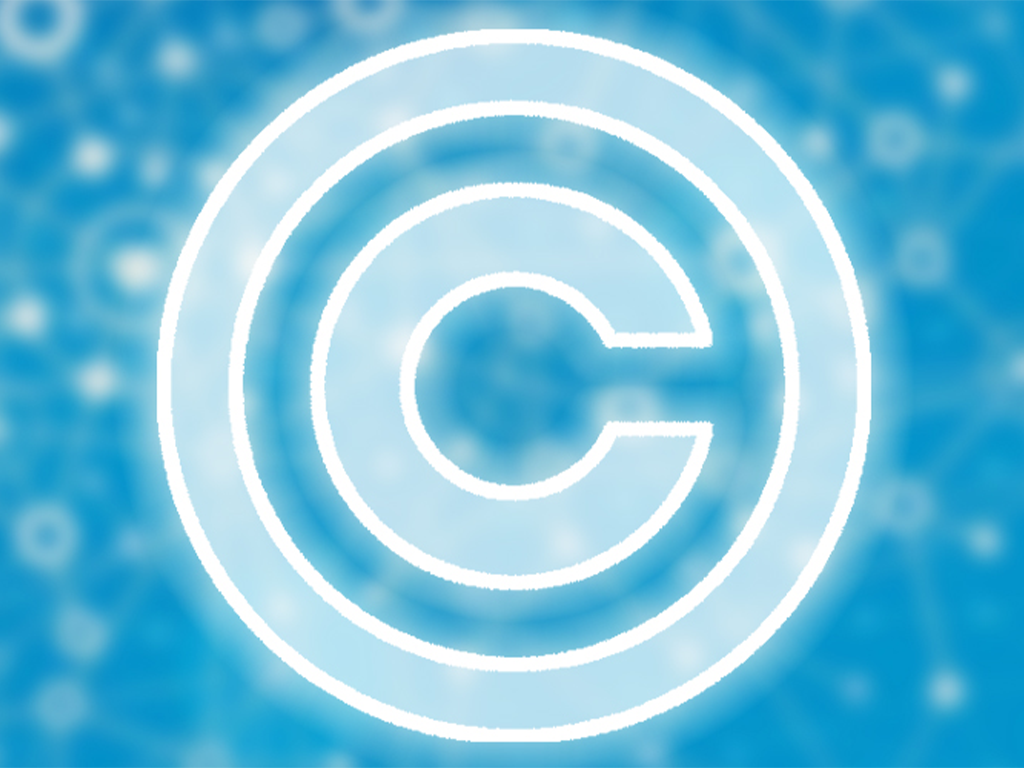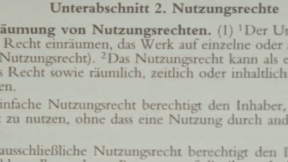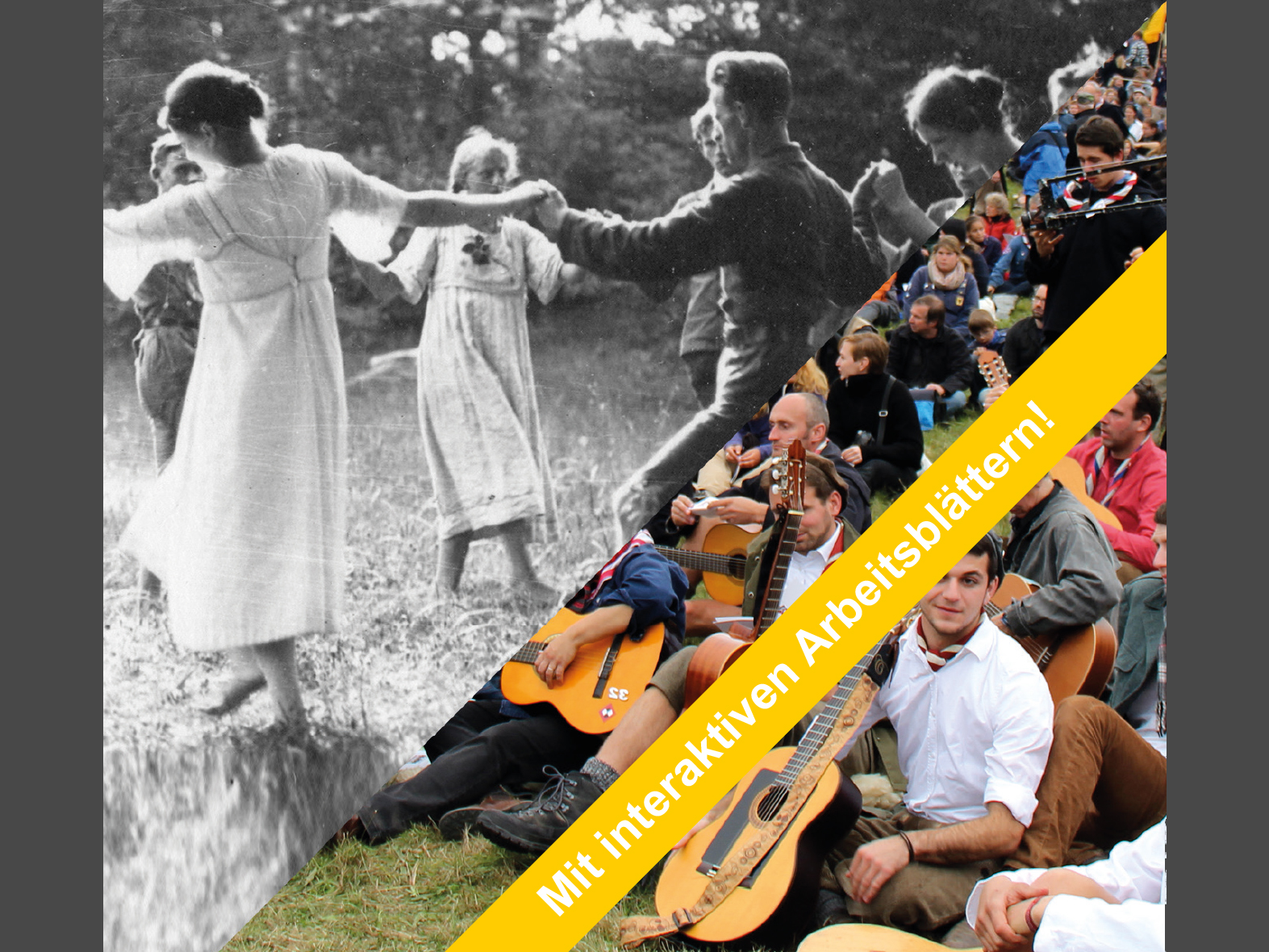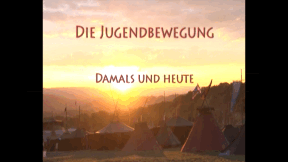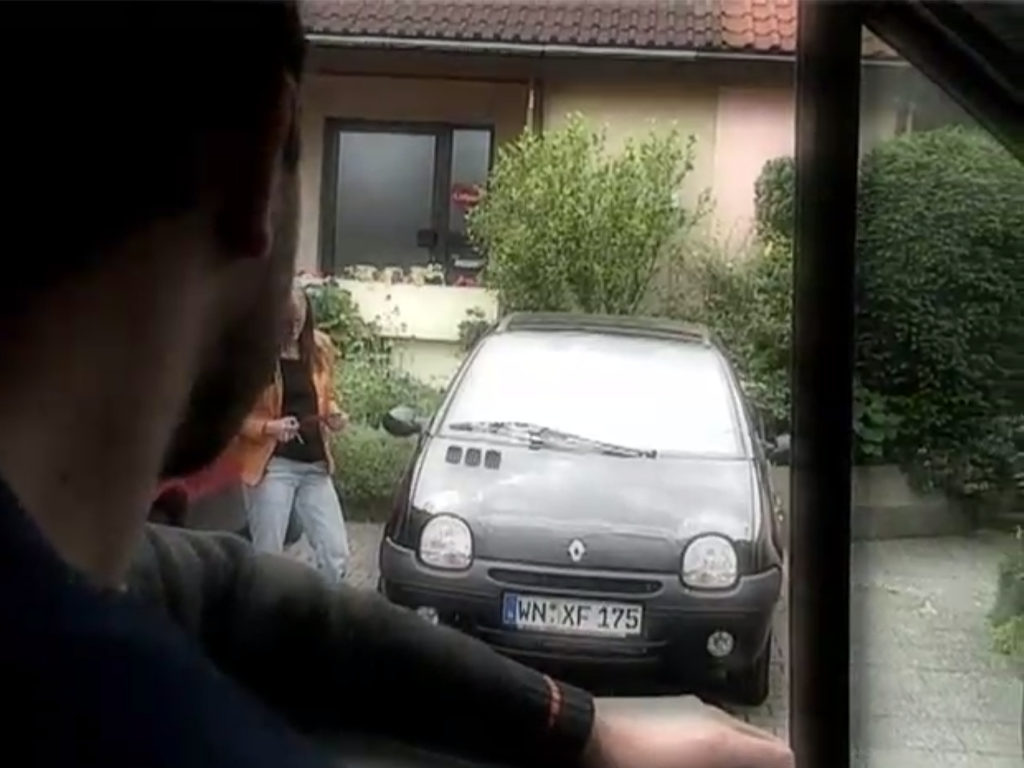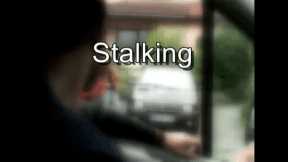 Physics
Physics
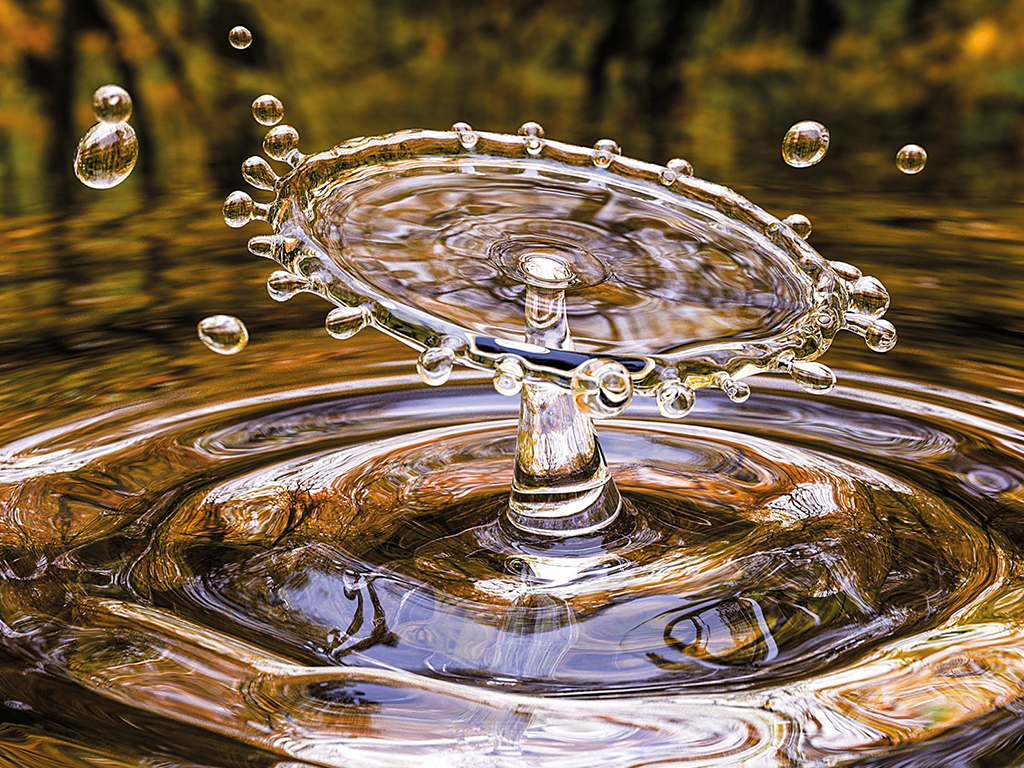
46500920 / 55500676
Fluids and Viscosity
Liquids and their Properties
Be it the honey on our breakfast toast, the water from the tap or the air surrounding us – they all have one thing in common: in a physical sense they are fluids.
That means: if you expose these substances to shear forces, their molecules are shifted against each other and the substance deforms continuously. With honey the shearing force of the knife on the one hand, and the resistance of the rough surface of the bread on the other, lead to this deformation – the honey is easy to spread.
Fluids react to even slight force application. The deformation rate increases proportionally to the amount of shear stress. Therefore water flows faster from a plastic bottle when it is compressed more strongly. Physically speaking: the stronger the force, the faster the fluid is deformed.
A solid, in contrast, offers a greater resistance to shear forces. Tension is built up inside it until eventually, above a certain threshold, deformation occurs – the stick breaks.
But a solid can become a fluid if it changes its state of aggregation and melts. So the ice cube is no fluid, its melt water, however, is. It is easily deformed. It is almost the same with solid and molten steel. Thus temperature plays an important role in the behaviour of fluids.
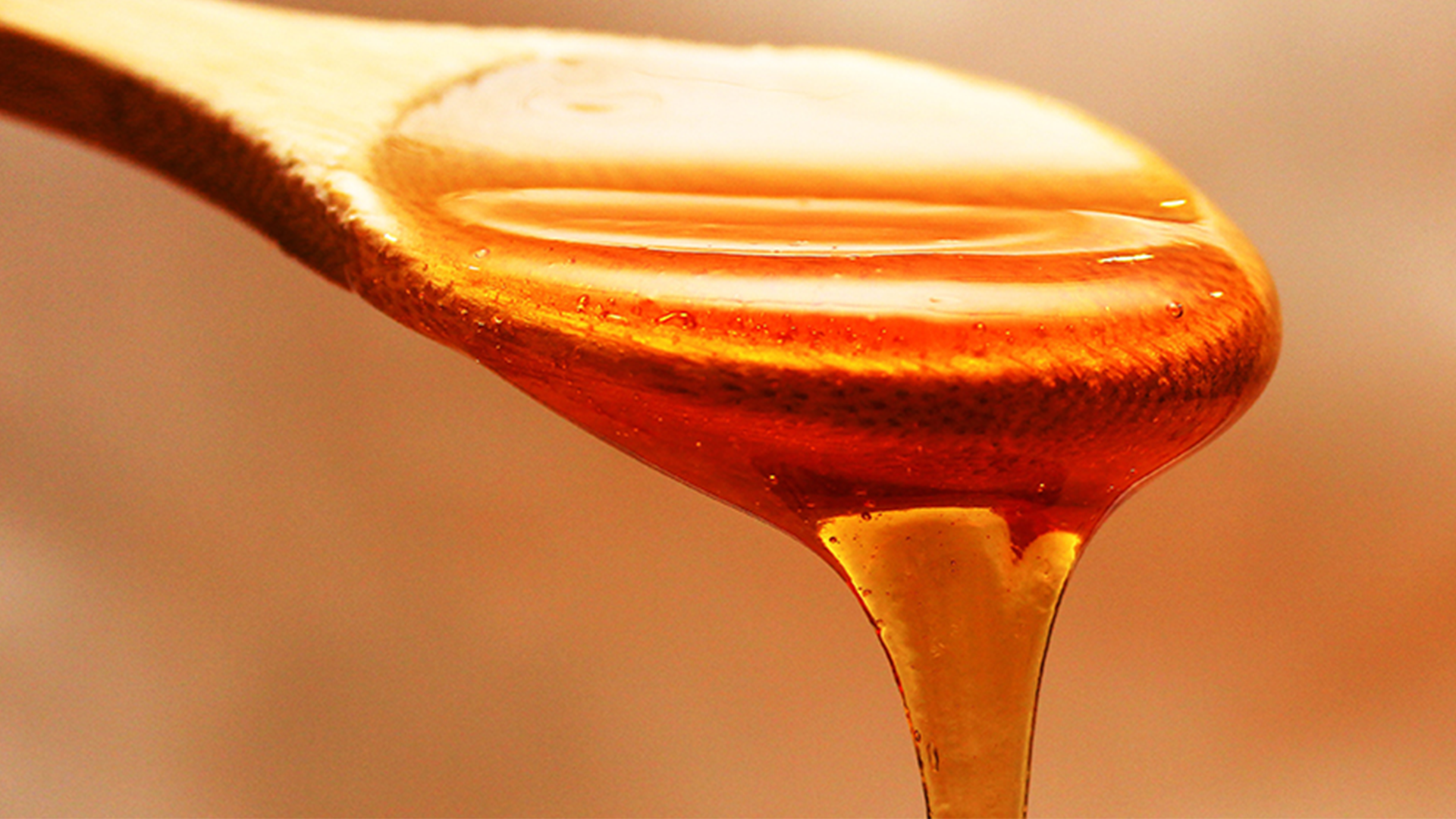
Curriculum-centred and oriented towards educational standards
Matching
Copyright
Copyright is subject to constant change to keep up with technological advances. This film enables the viewer to grasp the basic principles of this extremely intricate matter. By way of introduction, the film defines what an author is, what kinds of works there are and how long a work is protected on principle. Then the fundamental rights of an author are cited and it is shown how these are exploited in our times. In the third chapter, the respective rights are illustrated by way of practice-oriented examples of books, photos, music and films. Here, of course, an emphasis is laid on the field of education, taking into account the latest case law within the EU and Austria in particular. A further chapter highlights the problems arising with the Internet and goes into the citation law and pirate copies. All in all, in this way the viewer is made familiar with the most important basic terms and their meanings. Comprehensive worksheets and additional accompanying material invite us to deepen our knowledge of the subject.
Youth Movement
Dancing until your feet hurt: Here, at the meeting on the Hoher Meissner near Kassel, 3,500 participants from Boy Scout associations, youth and Wandervogel groups from all over the German-speaking region have gathered. They want to celebrate, simply get to know each other and commemorate a historic anniversary.




